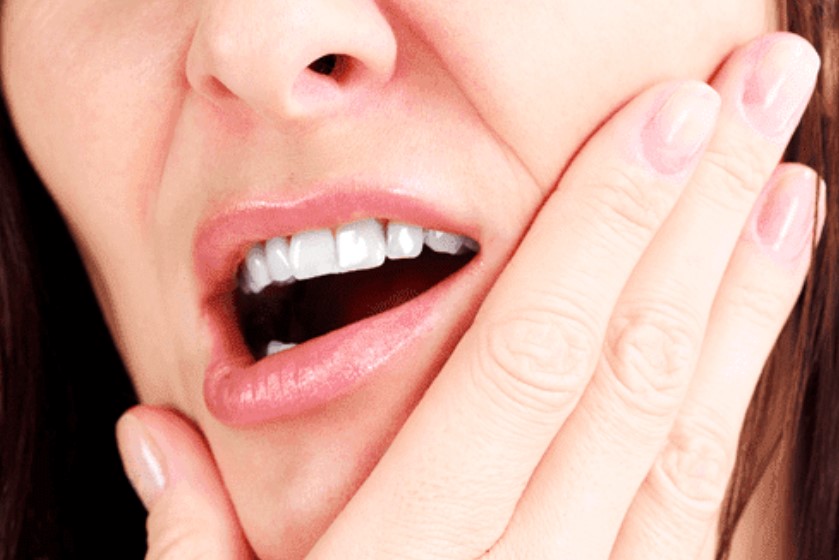Pelvic floor pain is a complex and often debilitating condition that can significantly affect a person’s quality of life. While it’s recognized that various medical and physiological factors contribute to diaphragmatic pain, the role of lifestyle factors in its development and management is gaining attention. Lifestyle choices, such as diet, exercise, stress management, and daily habits, can have a substantial impact on pelvic floor health. In this article, we’ll delve into the connection between lifestyle factors and diaphragm pain.
The Role of Diet
Diet plays a crucial role in overall health, and its influence extends to diaphragmatic pain. Certain foods can contribute to inflammation, which may exacerbate pelvic pain. Processed foods, sugary snacks, and excessive caffeine may potentially increase inflammation and worsen symptoms. On the other hand, a diet rich in whole foods, fruits, vegetables, lean proteins, and healthy fats may support a balanced inflammatory response and positively affect diaphragm pain management.
Exercise and Muscle Tone
Regular exercise is beneficial for maintaining muscle tone and overall wellness. For the pelvic floor muscles, engaging in appropriate exercises can aid in strengthening and preventing pain. On the contrary, improper exercise techniques, high-impact activities, or excessive straining can lead to diaphragm dysfunction and pain. Consulting a fitness professional who specializes in diaphragm health may guide individuals toward exercises that promote strength without causing harm.
Read More

















